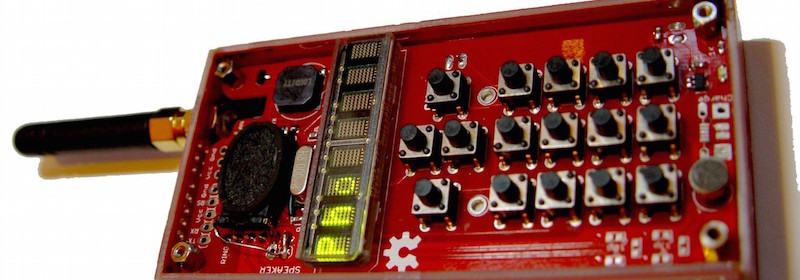Virtual fireplace using Raspberry Pi

Jaret Burkett, a tinkerer from Texas, enjoys fireplace. But the warm weather of Texas won’t let him run the fireplace most time of the year. One day, he figured out he could simulate a burning fireplace with crackling fire sounds using a Raspberry Pi computer and his old TV that perfectly fit the fireplace. Check out his step-by-step instructions to setup one for your fireplace.
Read more

